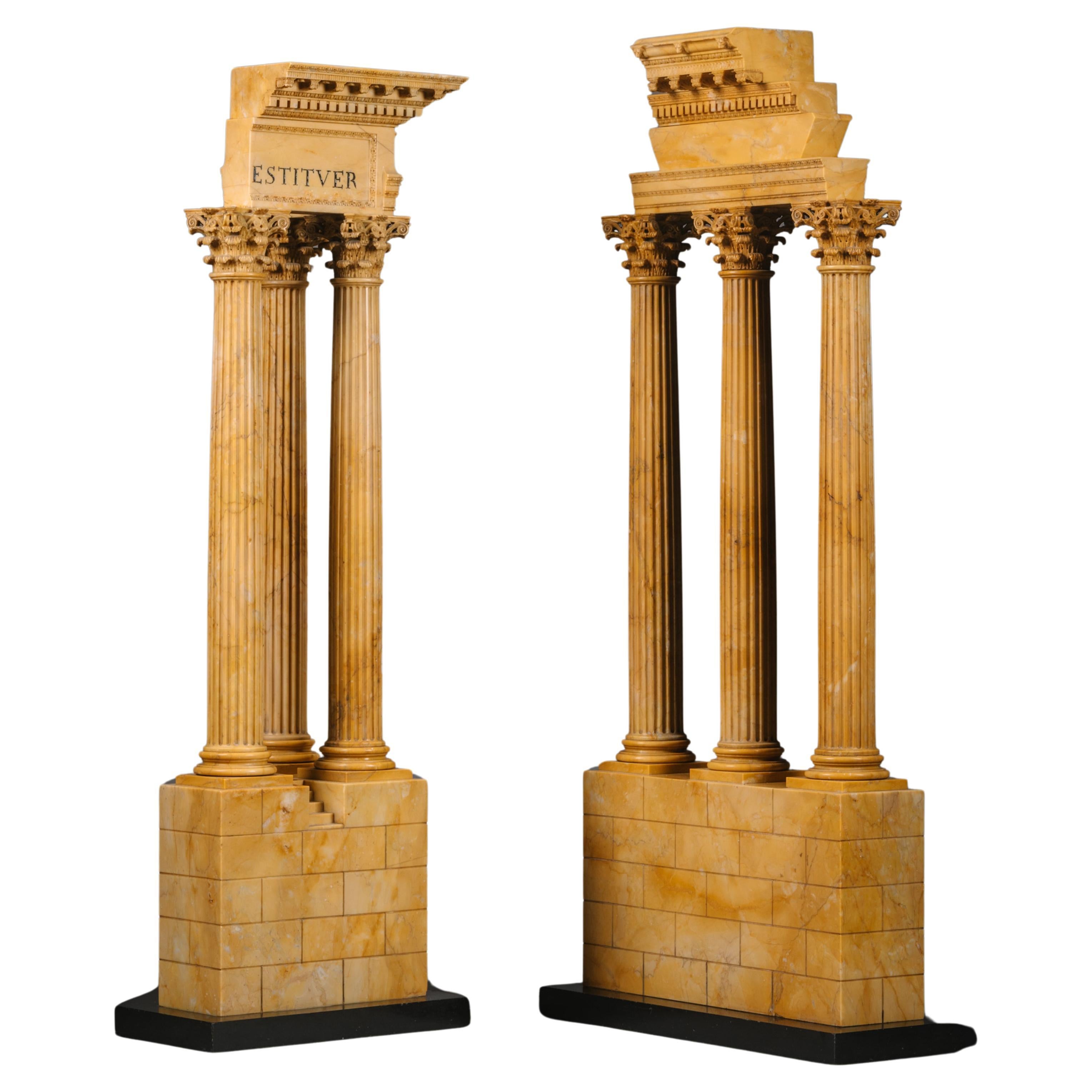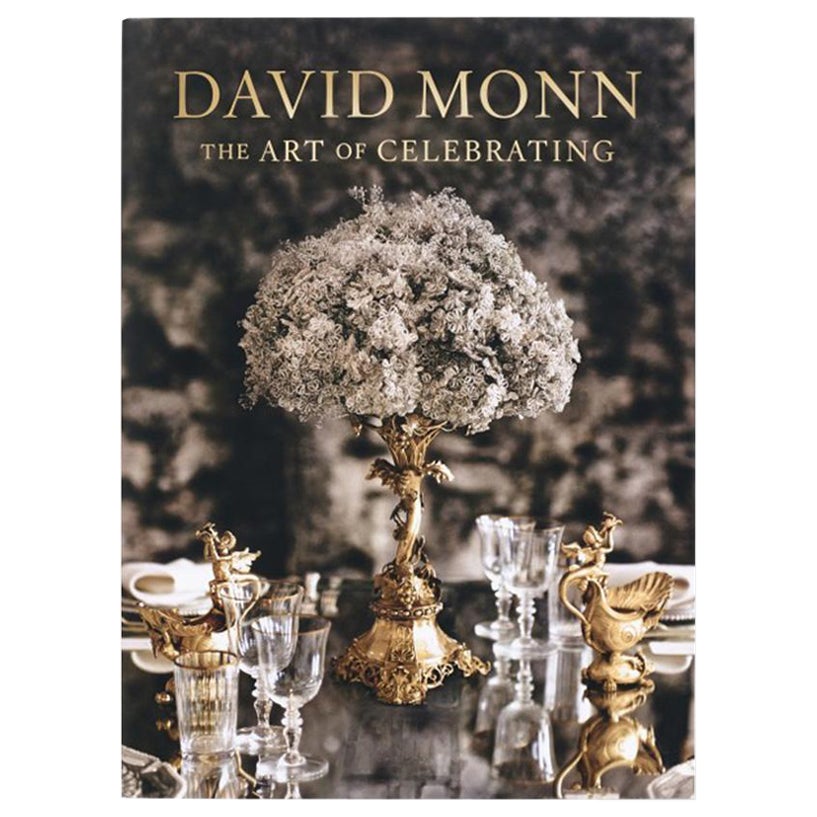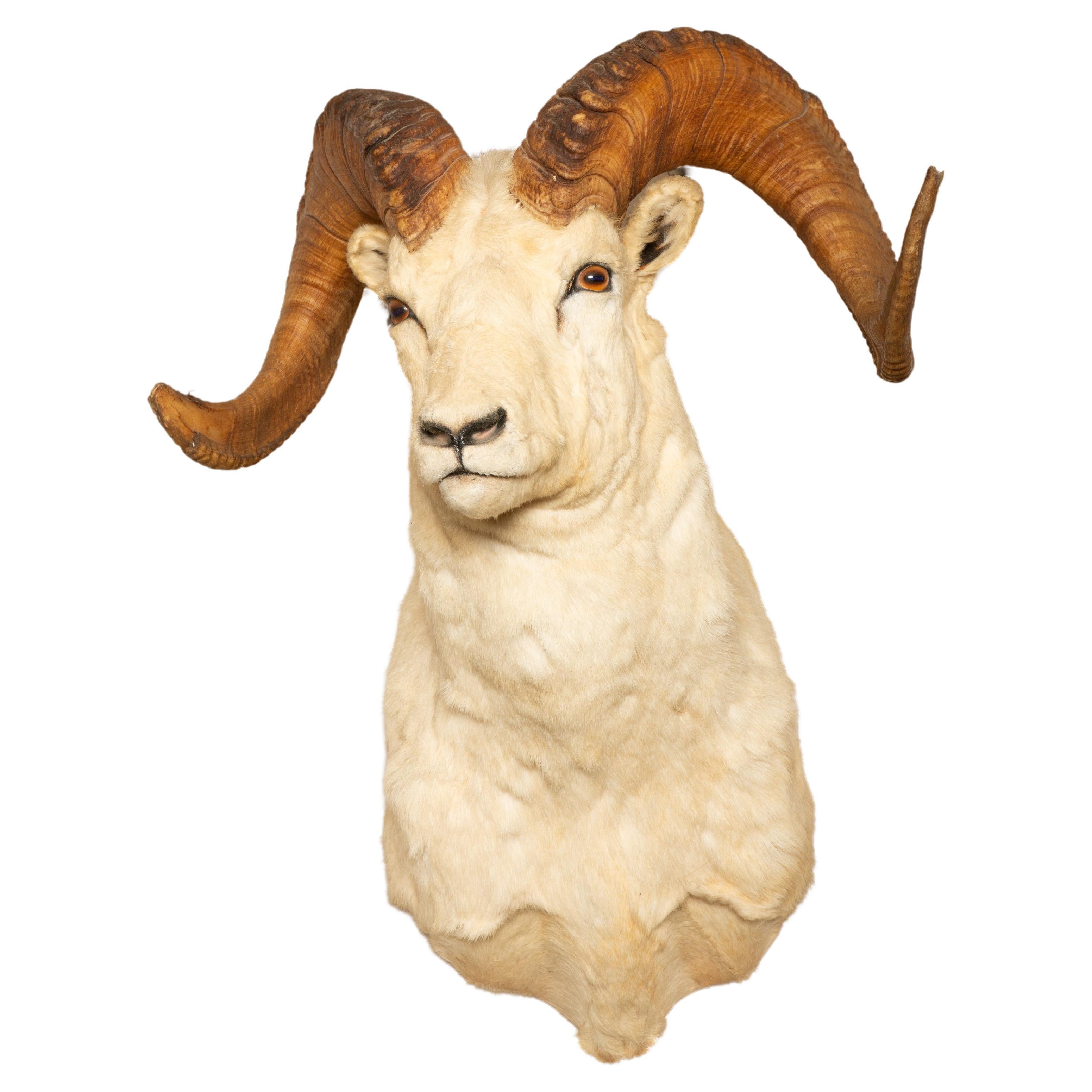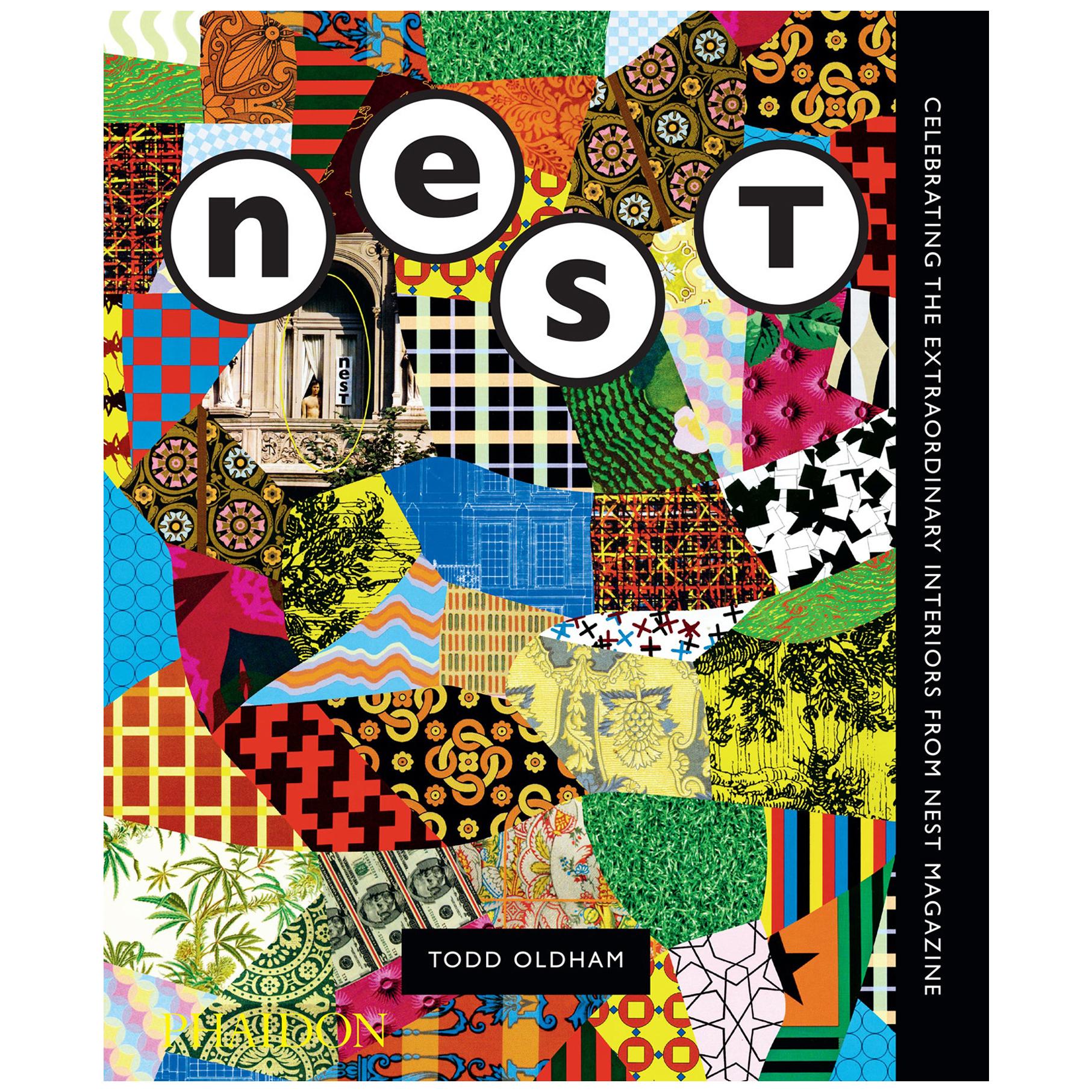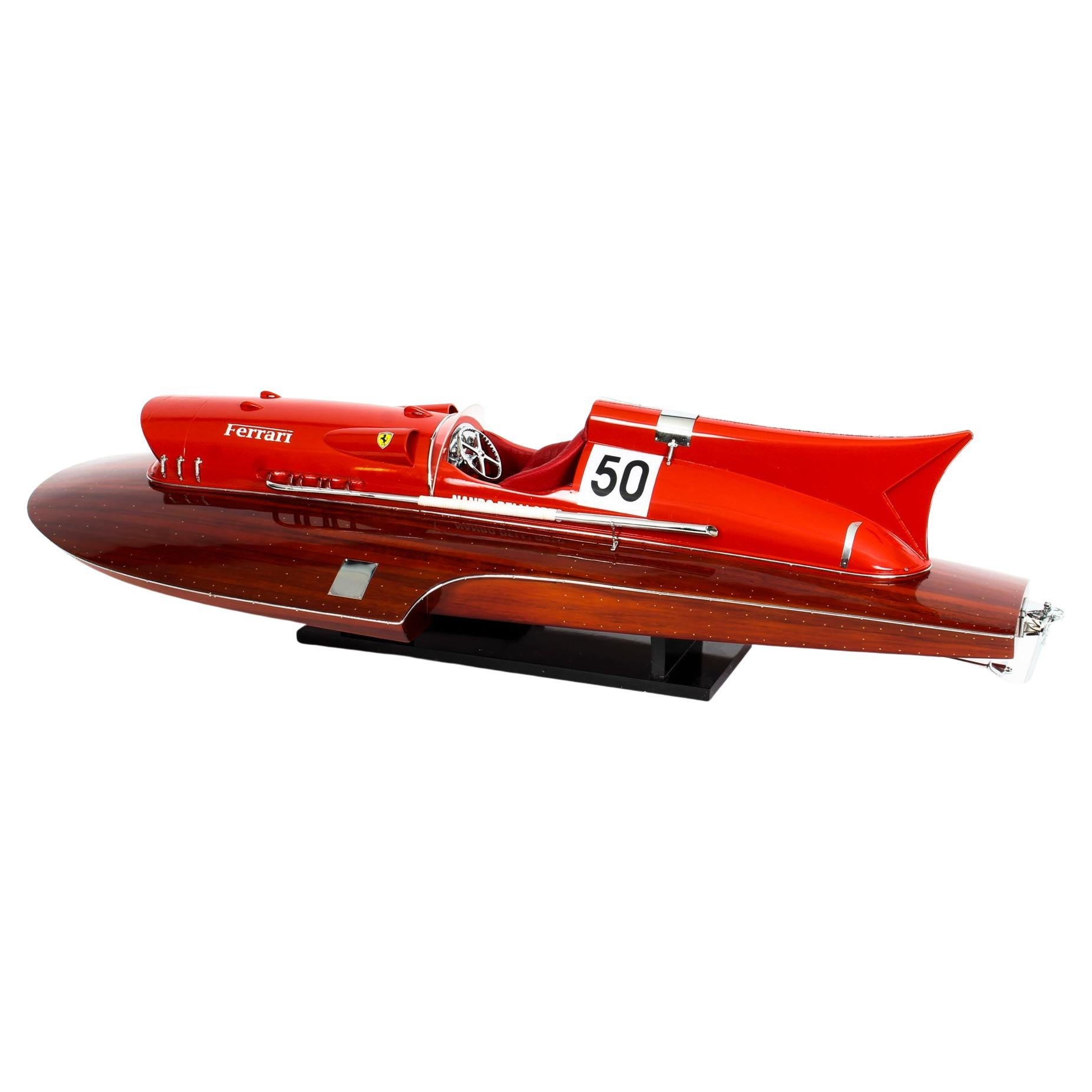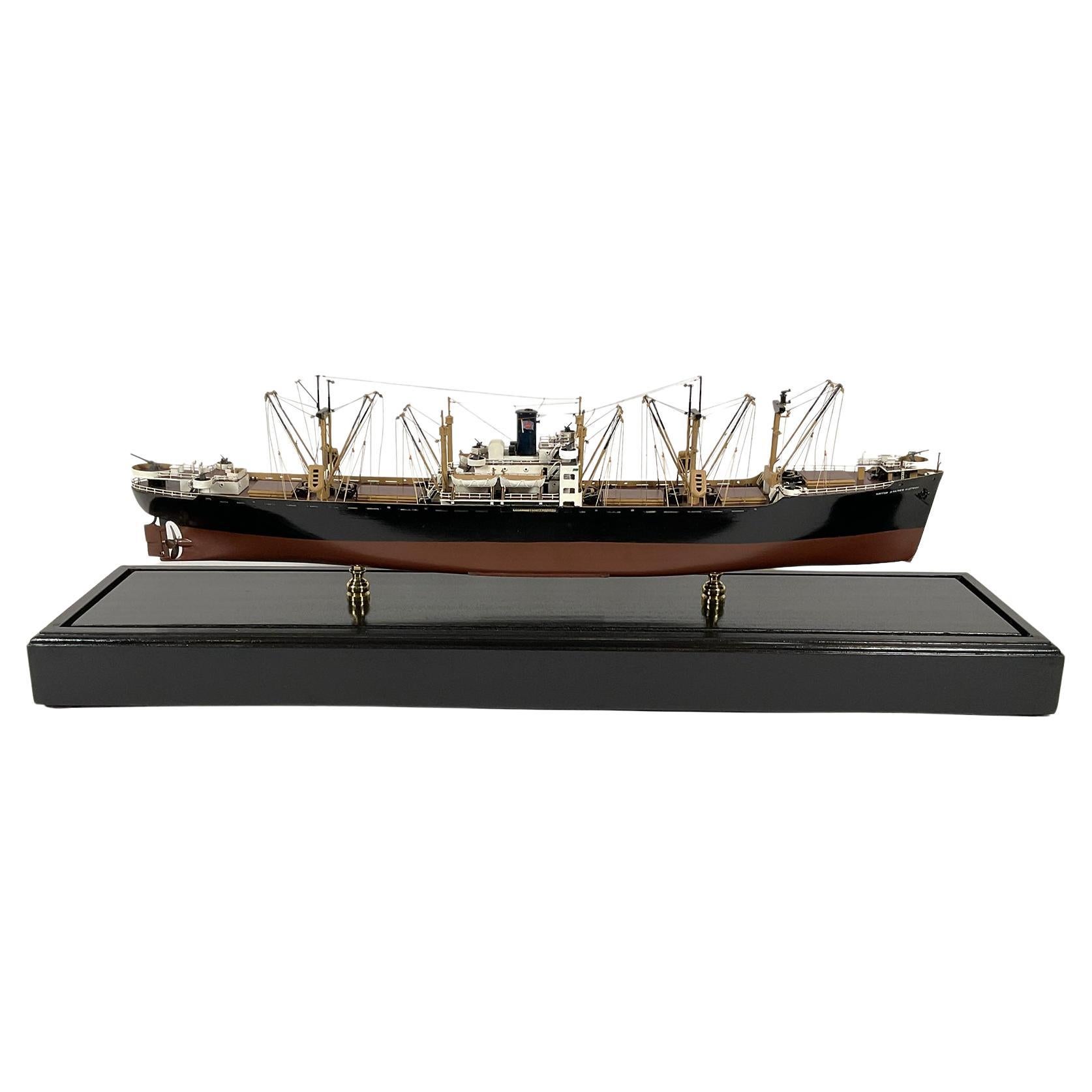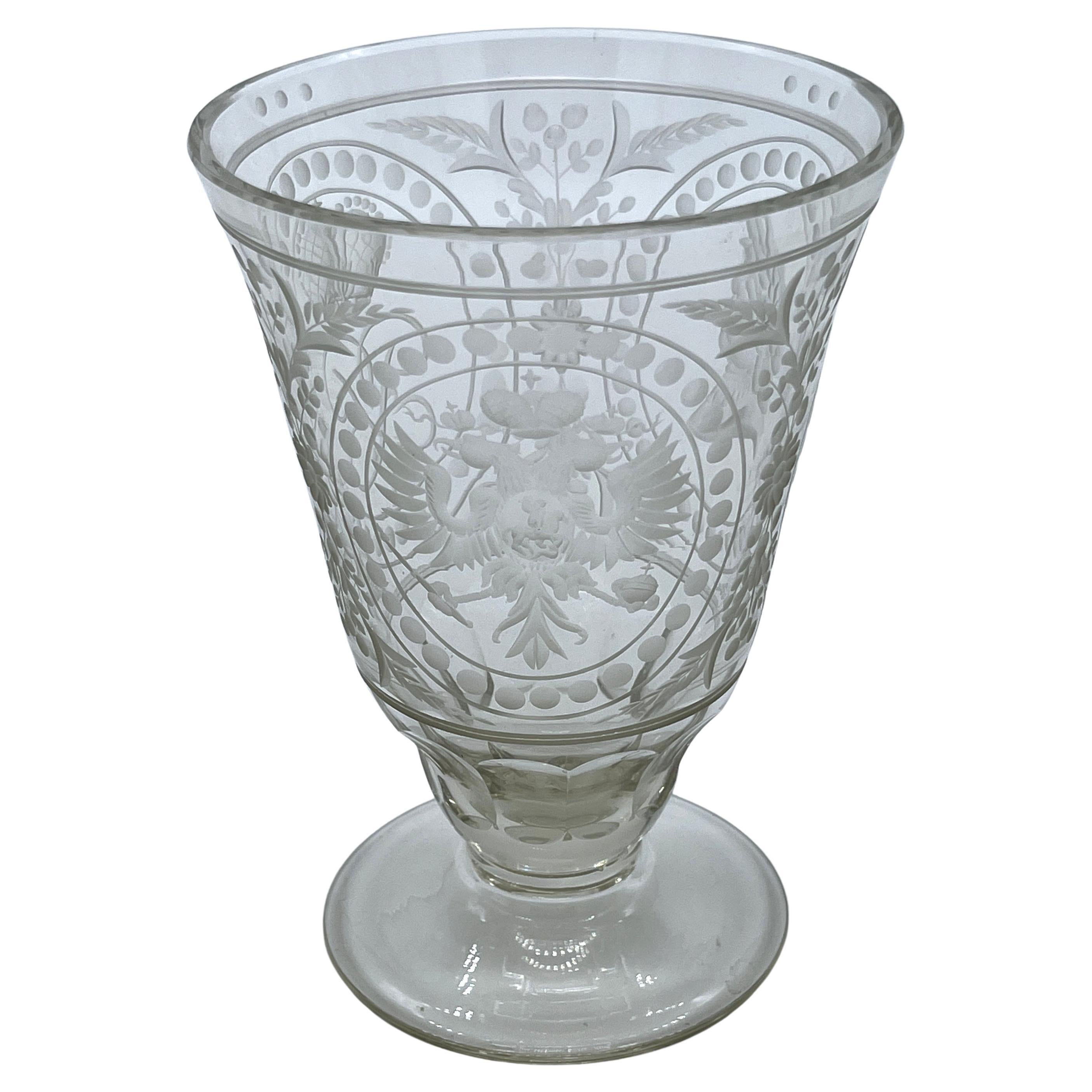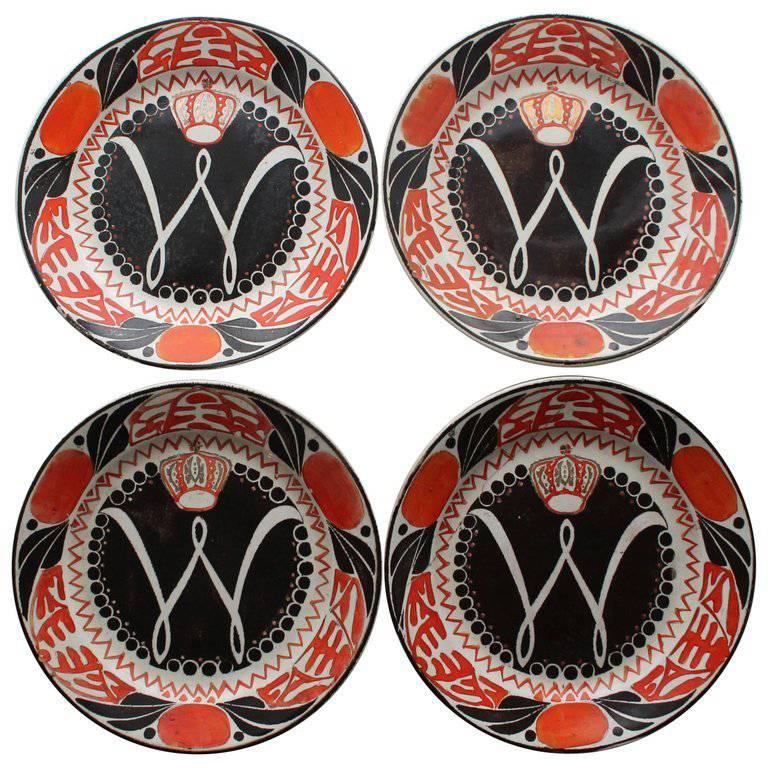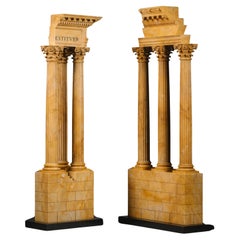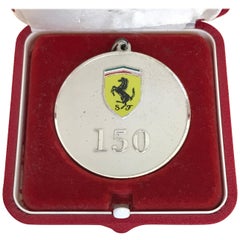
2002 Vintage Ferrari Commemorative Medal Celebrating the 150th Victory of GP
View Similar Items
1 of 13
2002 Vintage Ferrari Commemorative Medal Celebrating the 150th Victory of GP
About the Item
- Dimensions:Height: 3.15 in (8 cm)Width: 3.15 in (8 cm)Depth: 0.79 in (2 cm)
- Style:Mid-Century Modern (Of the Period)
- Materials and Techniques:
- Place of Origin:
- Period:
- Date of Manufacture:2002
- Condition:Wear consistent with age and use.
- Seller Location:Milan, IT
- Reference Number:1stDibs: LU3343315589552
You May Also Like
- English Model of the HMS Victory HullLocated in Wormelow, HerefordshireA good quality Georgian style scale model of the hull of the HMS Victory, one of Britain’s most famous 18th century Royal Navy ships. Made from stoneware with a bronzed finish, this ...Category
Mid-20th Century English Georgian Models and Miniatures
MaterialsStoneware
- 'The Death of Nelson’ Commemorative Striking Mantelpiece ClockLocated in Lymington, HampshireThis oval white marble clock is applied with high quality bronze and ormolu mounts. The base encloses a French 8-day, twin barrel movement with a silk suspension and a count wheel strike on the bell. The ormolu dial has Roman numerals in blue and white enamels and is set within a rope border surrounded by naval panoplies and a coronet. The sides are embellished with putti with double fish-tails holding a long shell horn in each hand. On top of the clock is a bronze group of the dying Nelson collapsing into the arms of two sailors. With pendulum and key. Stamped on the back plate René à Paris. English, with a French movement, circa 1840. The bronze group of the falling Nelson being supported by two sailors is reminiscent of the positioning adopted by Samuel Drummond in his original version of The Death of Nelson...Category
Antique 1840s French Mantel Clocks
MaterialsMarble, Bronze
- A Pair of ‘Grand Tour’ Models of Ruins Celebrating the Corinthian OrderBy Benedetto BoschettiLocated in Brighton, West SussexA Large Pair of Giallo Antico Marble ‘Grand Tour’ Models of Ruins Celebrating the Corinthian Order, Attributed To The Workshop Of Benedetto Boschetti. The Temple of Castor and Pollu...Category
Antique 19th Century Italian Grand Tour Models and Miniatures
MaterialsMarble
- David Monn The Art of Celebrating Book by David MonnLocated in New York, NYDavid Monn The Art of Celebrating By: David Monn Imagine seeing the world through event planner David Monn’s eyes for just one minute of your life. Imagine walking into a room and k...Category
21st Century and Contemporary Books
MaterialsPaper
- Levasseur's 1852 Cartographic Portrait of Gironde: Celebrating the Bordeaux WineLocated in Langweer, NLThis original hand-colored map is from the "Atlas National Illustré," a work by Victor Levasseur, a French geographer and cartographer known for his richly illustrated maps. The map is a steel engraving, which was a common and precise method for creating maps at the time. The inclusion of the publisher's name, A. Combette from Paris, and the addresses of the various contributors to the map's creation, like the engravers Laguillermie and Rainaud, adds to the historical context of the piece. The margins of the map are adorned with detailed illustrations that serve as a visual encyclopedic reference to the region's geography, economy, and notable figures. The use of color along the boundaries makes the map not only a tool for navigation but also an educational resource, providing insights into the department's landscape, economy, and cultural significance. The text included in the map's design provides statistical information, a map legend, and discussions about the land, local curiosities, notable personalities, products, and commerce, which would have been invaluable for education and reference at the time. The 'Atlas National Illustré' is celebrated for its combination of cartographic detail and artistic embellishment, making it a valuable cultural artifact. It represents the height of decorative map-making in the 19th century, alongside the works of John Tallis and Archibald Fullarton. This uploaded image is a detailed and colored map of the Département de la Gironde from Victor Levasseur's "Atlas National Illustré." Similar to the other maps from this series, it features a central map with the title 'Dépt. de la Gironde' at the bottom. Surrounding the map are decorative vignettes and elements that bring to life the cultural and economic aspects of the Gironde department. On the left, there is likely statistical information about the department and its subdivisions, reflecting the population and administrative details. This is framed by images that may represent the local industries and natural resources, such as wine, which is a central feature of the Bordeaux region located within Gironde. The right side of the map contains a textual history and descriptions of the region, coupled with portraits of notable figures, possibly historic personages or contributors to the region's cultural and economic development. The illustrations often include agricultural products, symbols of commerce, and scenes of daily life, as well as architectural landmarks. The presence of wine bottles, barrels, and vineyards in the illustrations would be indicative of the Gironde's prominence in wine production, particularly Bordeaux wines, which are esteemed worldwide. These engravings serve to emphasize the richness of the land and the sophistication of its products. Maps from this era, especially those by Levasseur, are notable for their combination of art and education, providing a snapshot not only of the geography but also of the societal and economic conditions of the time. The detailed engravings also suggest that this map was as much a decorative piece as it was a functional one, intended for display and reference by those interested in the illustrated region. The Gironde department in France is renowned for its significant contribution to the wine industry, particularly through the Bordeaux wine region. A bit more about the important places within Gironde and the types of wine the area is known for: 1. **Bordeaux**: The capital city of the department and the heart of the wine region. It's not only an urban center but also a hub for the wine trade. 2. **Médoc**: North of Bordeaux, known for prestigious châteaux and wines like Margaux, Saint-Julien, Pauillac, and Saint-Estèphe. 3. **Saint-Émilion**: East of Bordeaux, recognized for its full-bodied red wines and the picturesque medieval town. 4. **Pomerol**: Also near Saint-Émilion, smaller than its neighbor but equally renowned, particularly for Château Pétrus...Category
Antique 1850s Maps
MaterialsPaper
- Celebrating the Majesty of Alaskan Dall Rams: Large Taxidermy ShowcaseLocated in New York, NYMajestic Large Taxidermy Alaskan Dall Ram, an embodiment of the rugged mountain landscapes of Alaska. These magnificent creatures, scientifically known as Ovis dalli dalli, gracefull...Category
21st Century and Contemporary American American Colonial Taxidermy
MaterialsFur, Horn


